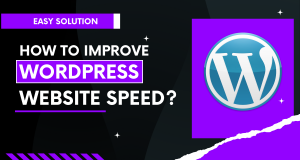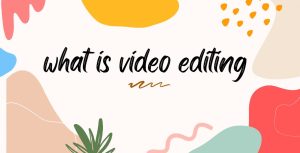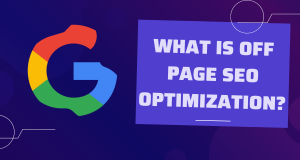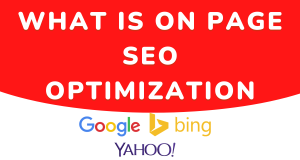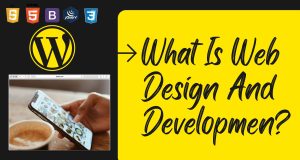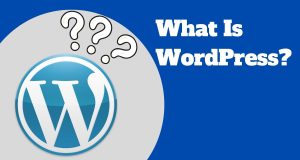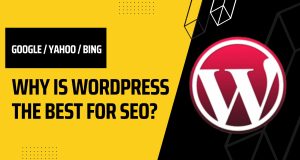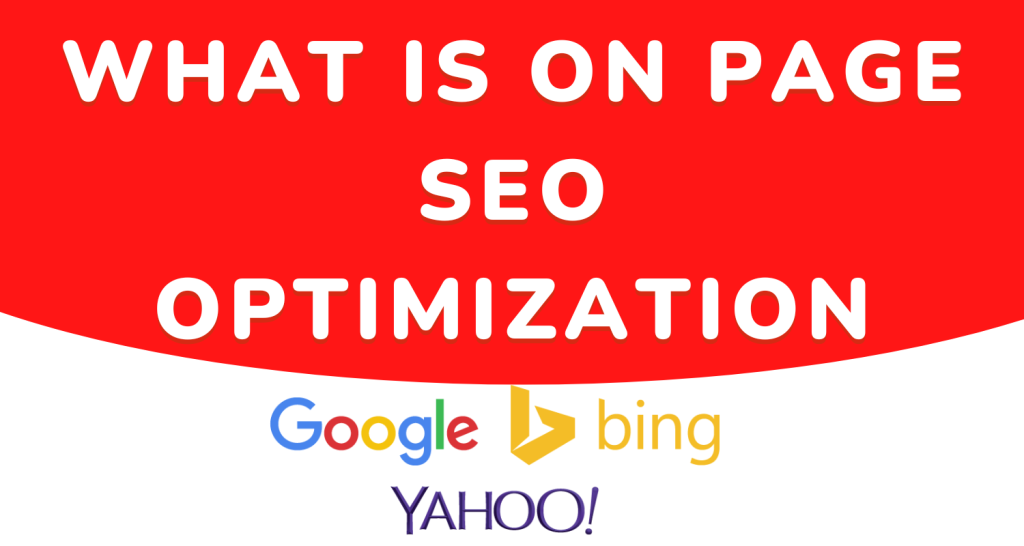
What Is On Page SEO Optimization?
what is on page seo?, what is on page optimization?, what is on page seo optimization?, what does on page seo include?, what is an on page seo?, if we try to answer the question we need to first know what is SEO. We try to give the answer of the question and also i will try to give the answer of some relative popular question like, what is on page seo, what is on page optimization, what is on page seo optimization, what does on page seo include, what is an on page seo. Check those five question those are very popular question. So I am writing answers from my point of view about those questions.
what is on page seo?
what is on page optimization?
what is on page seo optimization?
what does on page seo include?
what is an on page seo?
On-page SEO (also known as “on-site SEO”) is the practice of optimizing web page content for search engines and users. Common on-page SEO practices include optimizing title tags, content, internal links and URLs.
This is different from off-page SEO, which is optimizing for signals that happen off of your website (for example, backlinks).
What is the purpose of on-page SEO?
Higher search rankings, more visitors to your site, and more conversions are all benefits of on-page SEO. On-page SEO takes time to show effects, but once it does, it can boost your online ranks and sales.
On-page SEO includes the following elements:
- Title tags
- Images
- Internal links
- HTML code
- User experience
- Speed
- URL
- Meta description
- Alt tags
- Keywords
- Content
Why is on-page SEO so crucial?
Google’s search algorithm is continually changing. It conducted 800,000 trials in 2021 and modified its search algorithm 5,000 times.
Despite its continuous advancements, it isn’t flawless. Google still requires assistance in deciphering fresh content. On-page search engine optimization (SEO) can help with this.
On-page SEO strategy isn’t as difficult as some people make it out to be. The truth is that there are just a few ranking variables that you should be concerned about. Not simply over-optimizing material for bots, but generating an amazing user experience should be your first concern.
Let’s take a look at some specific on-page SEO recommended practices with that in mind. You can also get our 41-point on-page SEO and copywriting checklist by clicking the button below!
On-Page SEO: How to Optimize Your Content?
On-page optimization concentrates on SEO strategies that are within your control (in other words: on your site). This is why “on-page SEO” and “on-site SEO” are frequently used interchangeably.
To produce the kind of content and site that ranks well in search engine results pages (SERPs) and leads to improved conversion rates, you’ll need to understand many key components of a thorough on-page SEO strategy.
How can you make a page more optimized?
To fully optimize a page on your website, you’ll need to make both text and HTML adjustments. More information on the on-site aspects that affect ranking, as well as how to enhance your own website pages, may be found in this post.
On-site SEO, keywords, and content
In the past, on-site SEO was associated with the usage of keywords — particularly, inserting a high-value term in multiple critical areas throughout a page.
It’s crucial to recall what those terms are: content themes, in order to comprehend why keywords are no longer at the core of on-site SEO. Historically, whether or not a page ranked for a specific term depended on employing the proper keywords in the right places on a website in order for search engines to identify and comprehend the content of that webpage. On-site SEO strategies focused on ensuring sure search engines detected keywords and ranked a site as relevant for those terms, not on the user experience.
Search engines, on the other hand, have become far more sophisticated in recent years. They can deduce the meaning of a page based on the usage of synonyms, the context in which content appears, or even the frequency with which certain word combinations are mentioned. While keyword use is still important, on-page SEO practices such as employing an exact-match keyword in certain spots a certain number of times are no longer in use. What matters is that the information is relevant. Consider how relevant the content on each of your pages is to the user intent driving search queries (based on your keyword usage both on the page and in its HTML).
In this sense, on-site SEO is less about keyword repetition or placement and more about getting to know your consumers, what they’re searching for, and what themes (keywords) you can utilize to generate content that best meets their needs. Content on pages that satisfy these requirements is:
- In-depth. One of Google Panda’s primary goals was “thin” material; today, it’s almost believed that content must be sufficiently comprehensive in order to rank well.
- User-friendly. Is the information readable? Is your website organized in a way that makes it easy to navigate? Is it normally free of advertisements and affiliate links?
- Unique. Content replicated from elsewhere on your site (or elsewhere on the Internet) may have an influence on a site’s ability to rank on SERPs if it is not properly resolved.
- Authoritative and dependable. Is your content capable of serving as a stand-alone source of information on a specific topic?
- In line with the search intent of the user. Delivering on searcher expectations is an important part of generating and optimizing for quality content. The topics of your content should correspond to the search queries for which you rank.
On-site SEO that isn’t tied to keywords
There are various “keyword-agnostic” elements that can influence a page’s on-site optimization in addition to the keywords (themes) utilized in content and how they’re discussed.
Among them are the following:
- Use of a link on a page: What is the total number of links? Is it an internal or external problem? What are they pointing to?
- Page loading time.
- Use of structured data from Schema.org or other markup.
- URL structure of a page.
- Mobile compatibility.
- Metadata on the page.
All of these features are related to the same central concept: providing a positive user experience. The better a page’s on-site optimization is, the more useable it is (from both a technical and non-technical standpoint).

